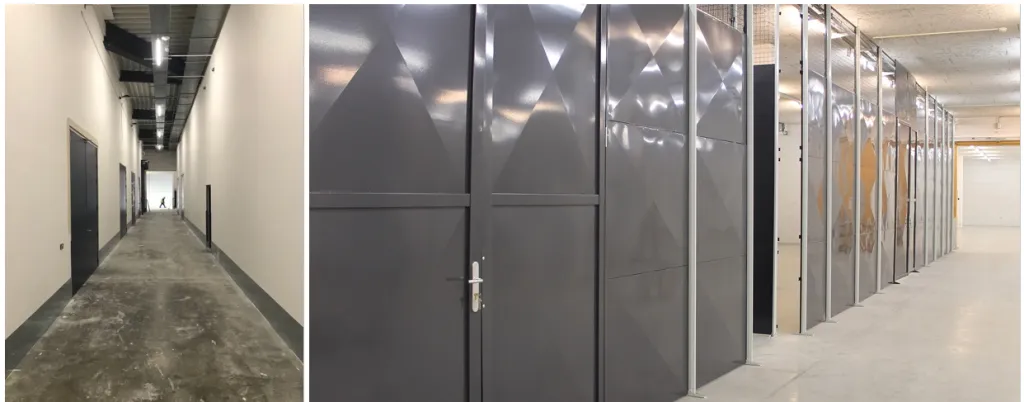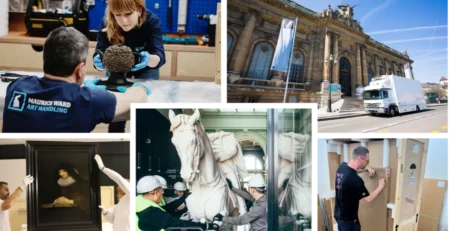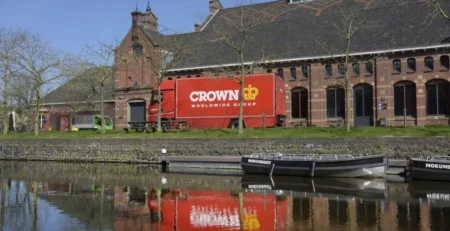A Valued Vault: Unlocking the Advantages of Freeports and Bonded Warehouses
- Company News

Freeports and bonded warehouses are crucial to our global art world and are becoming increasingly popular each year. In 1977, when ICEFAT was founded, there were less than a hundred. Now, in 2024, there are thousands across the globe. With more of our clients than ever utilizing these high-security spaces to store works “under bond”, i.e. without payment of import duty, our role as custodians of cultural heritage has come to ensure they are used effectively and efficiently. Both freeports and bonded warehouses can be “highly effective tools” and in this blog, we will look at why.

Safeguarding Subtlety
Easing Access and Spurring Speed
All of Gander & White’s UK facilities are fully bonded. Its French operation in Paris also maintains a bonded space, as do many other French ICEFAT agents. In France, rather than the whole warehouse being bonded, the ‘sous douane’ section must be clearly delineated and marked out. The total area under bond can be increased or decreased at any time but customs must be notified and inspections may take place. In most territories, the whole facility is bonded.

Moving Museums Globally

Dongbu (South Korea)
Assessing Suitability











